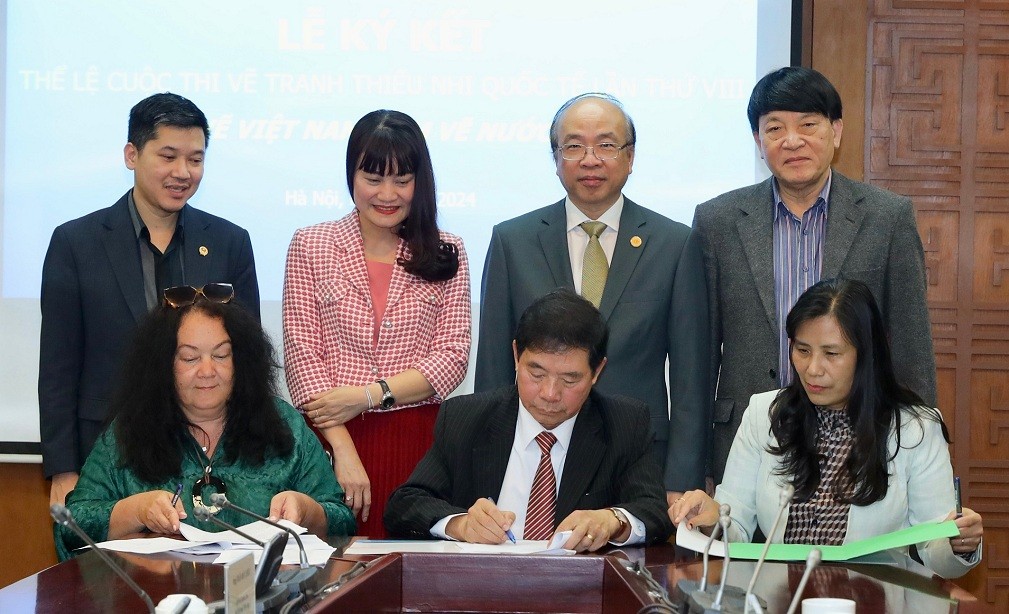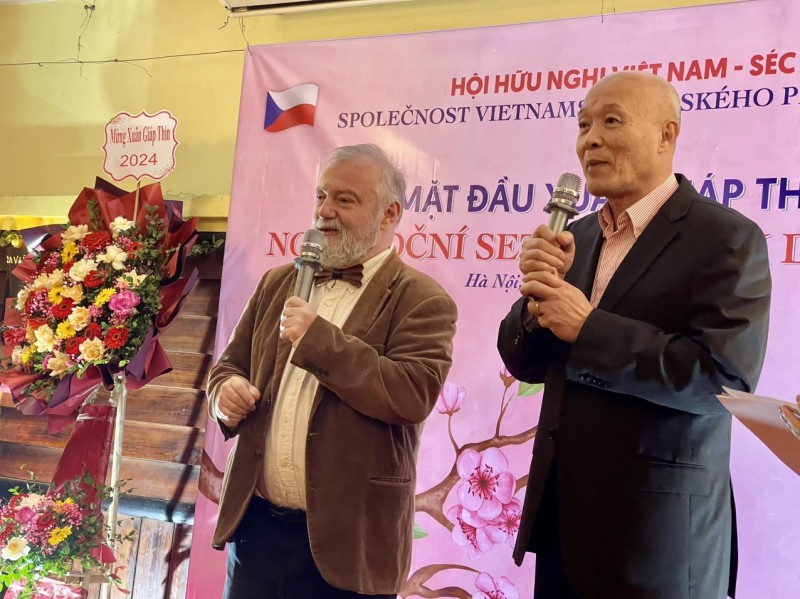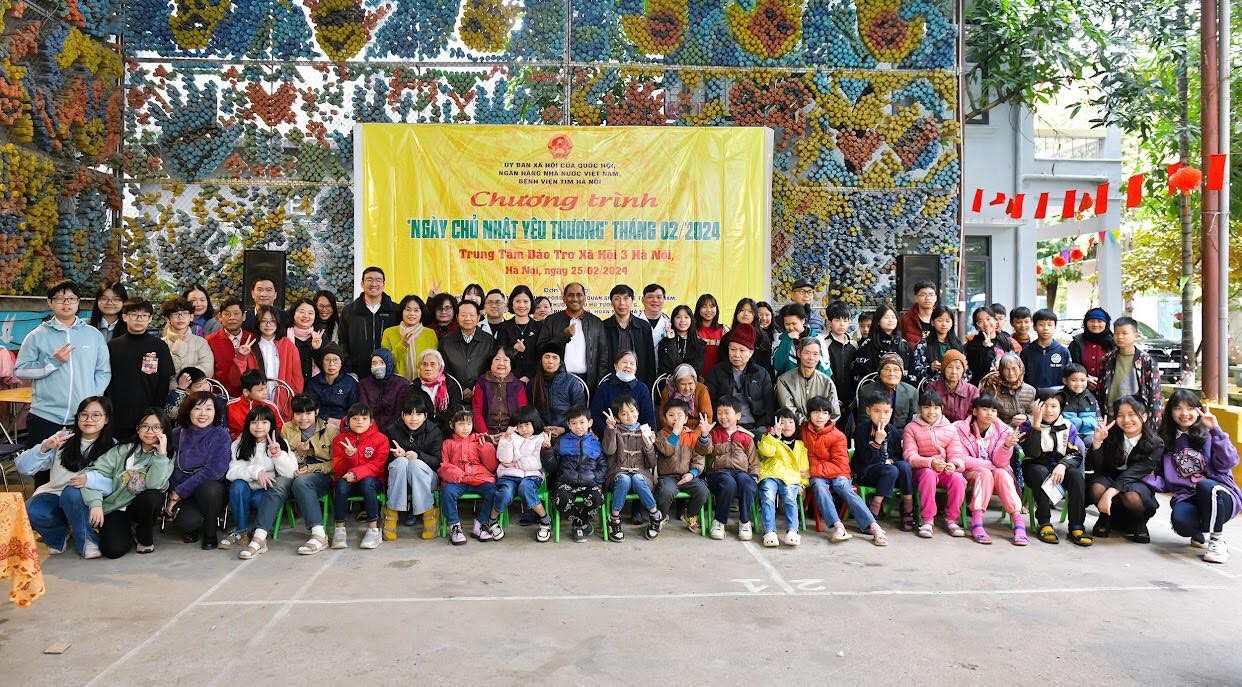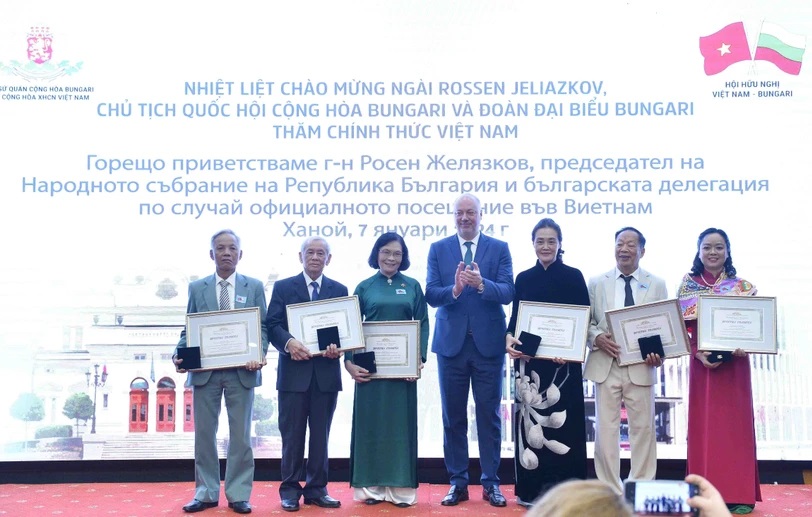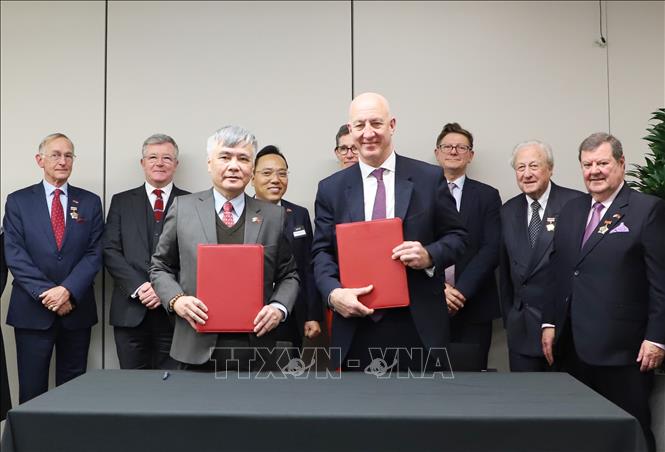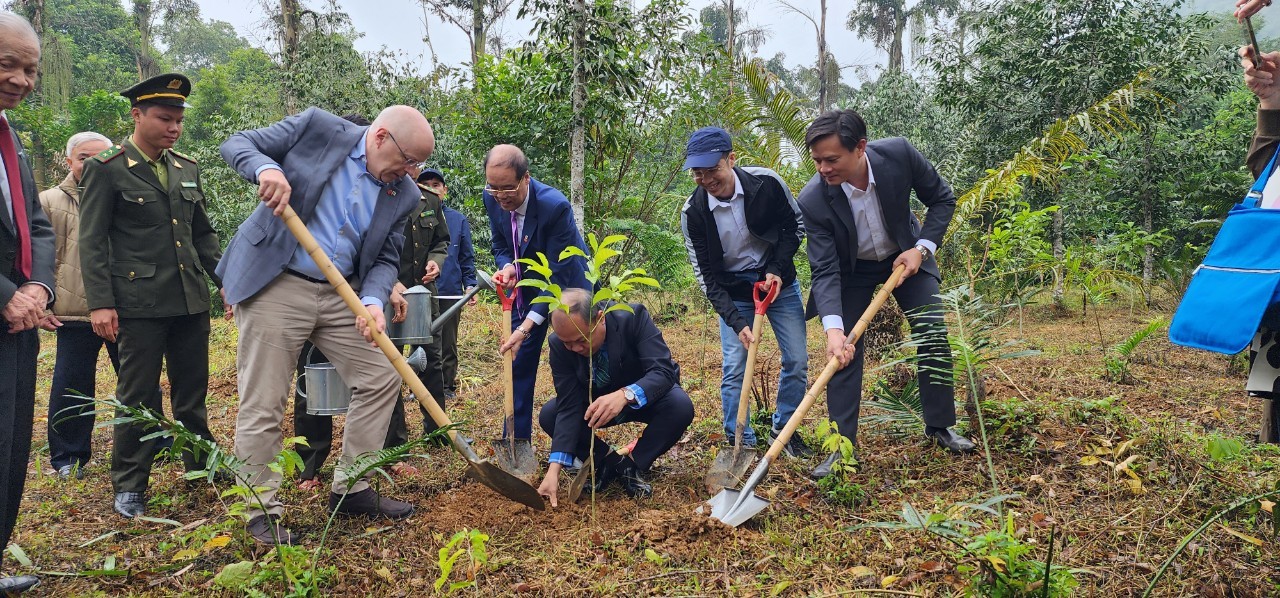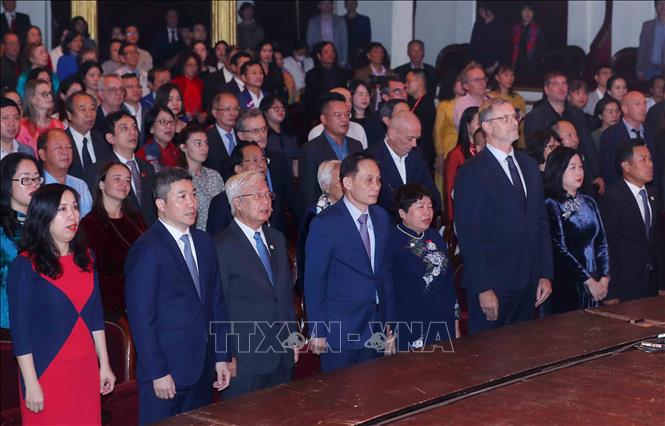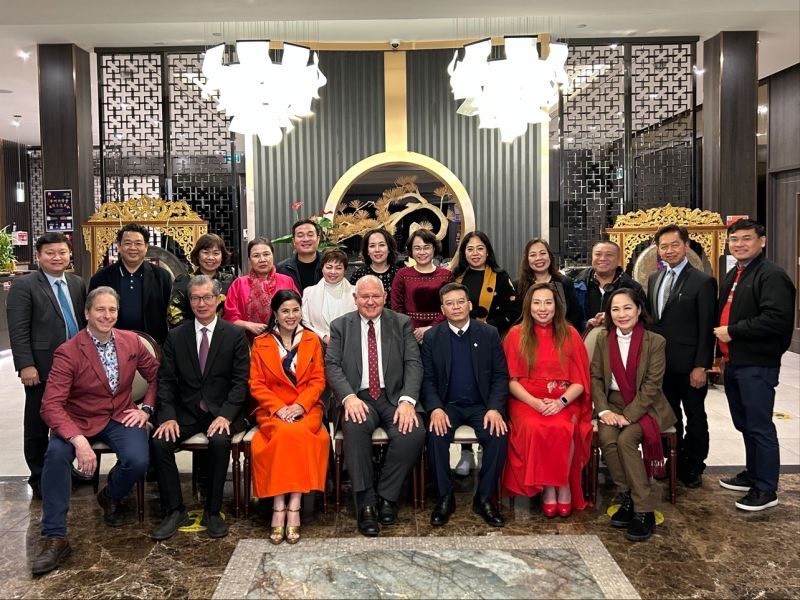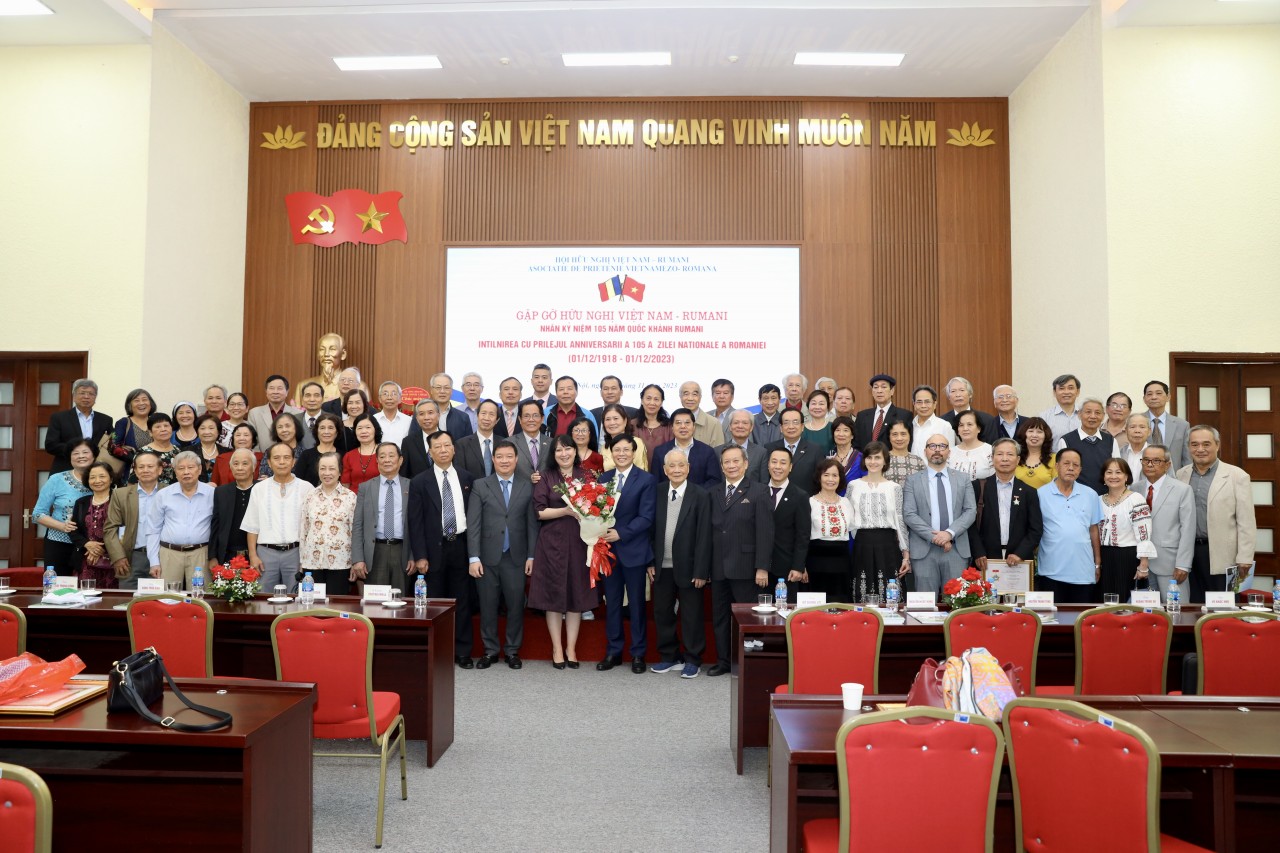The 41st Esperanto youth joint conference attracts participation of Esperantists from eight countries (Photo: dangcongsan.vn)
Focusing on the strong development of technology and its impacts on human life, the event is taking place in the capital city and the northern province of Ninh Binh from December 15-18, with the participation of Esperantists from eight countries, namely India, China, Hungary, Indonesia, Japan, the Republic of Korea, Singapore, and Vietnam.
Pham Mai Lan, member of the VEA Standing Board, said that the Esperanto youth joint conference was formerly a joint conference between youths of three countries of China, Japan, and the RoK. Vietnam then became the fourth country to participate in it. To date, the conference has attracted the participation of other Asian countries and the interest of Esperantists of all ages.
Delegates discussed issues such as the role of Asian youths in Esperanto development, the future of the Esperanto youth conference, and the use of technology and game applications to learn languages.
Esperanto is an artificial language constructed in 1887 by Ludwik Lazarus Zamenhof, a Polish oculist, and intended for use as an international second language. Over the past 100 years, Esperanto has become the world's most popular international artificial language. According to some studies, there are more than 2 million speakers of this language globally.
This language first appeared in Vietnam in the 20th century, and has contributed to disseminating and promoting cultural exchanges, thus helping boost friendship and cooperation between the people of Vietnam and other countries./.
Pham Mai Lan, member of the VEA Standing Board, said that the Esperanto youth joint conference was formerly a joint conference between youths of three countries of China, Japan, and the RoK. Vietnam then became the fourth country to participate in it. To date, the conference has attracted the participation of other Asian countries and the interest of Esperantists of all ages.
Delegates discussed issues such as the role of Asian youths in Esperanto development, the future of the Esperanto youth conference, and the use of technology and game applications to learn languages.
Esperanto is an artificial language constructed in 1887 by Ludwik Lazarus Zamenhof, a Polish oculist, and intended for use as an international second language. Over the past 100 years, Esperanto has become the world's most popular international artificial language. According to some studies, there are more than 2 million speakers of this language globally.
This language first appeared in Vietnam in the 20th century, and has contributed to disseminating and promoting cultural exchanges, thus helping boost friendship and cooperation between the people of Vietnam and other countries./.
Q.Hoa t.h / VNA

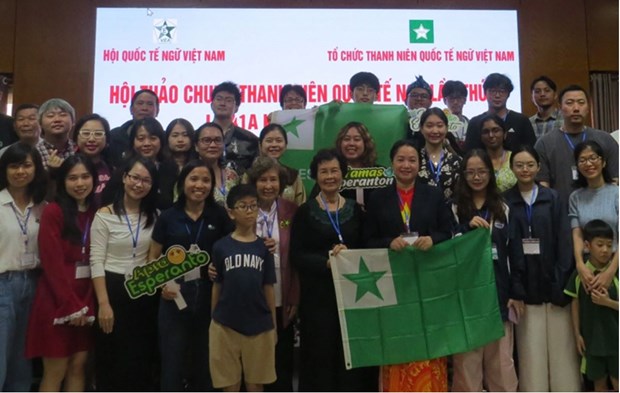
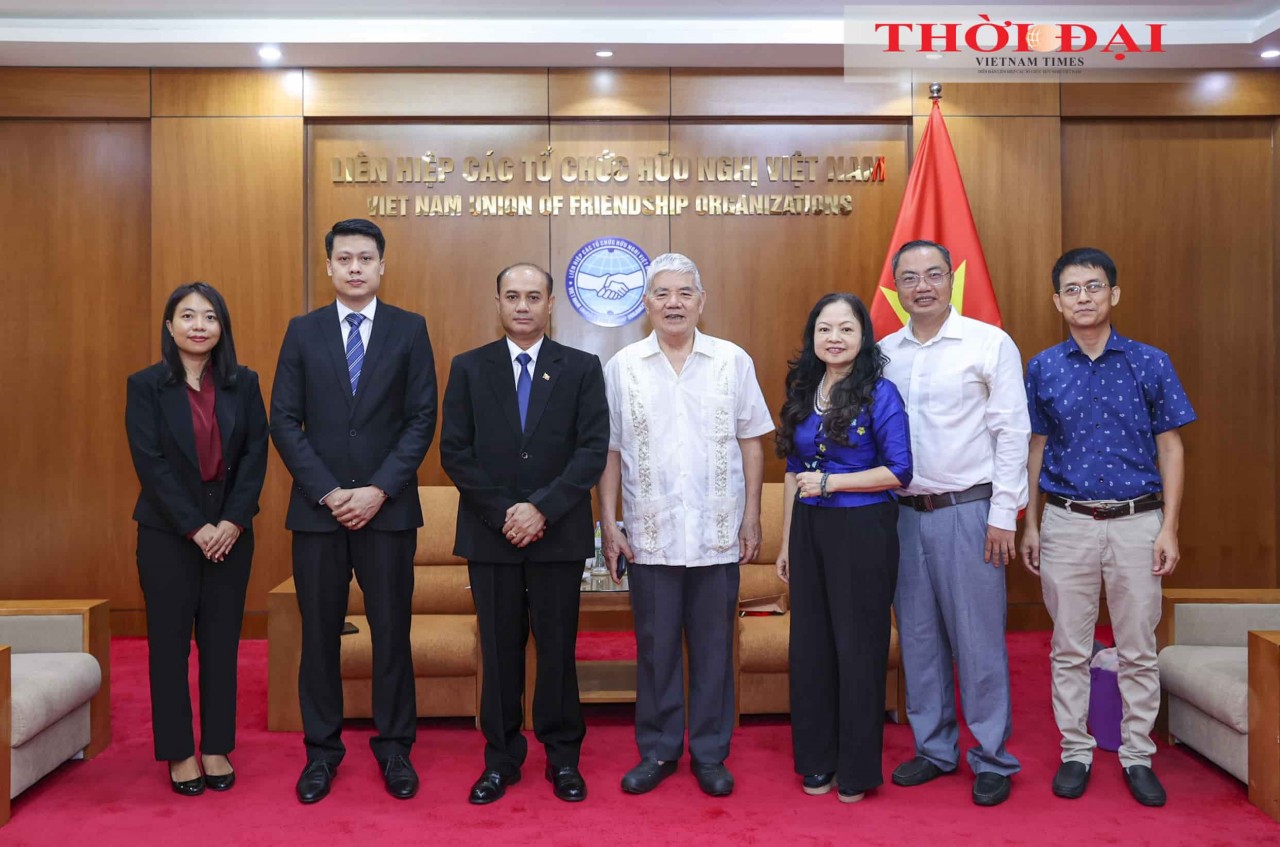
.png)
